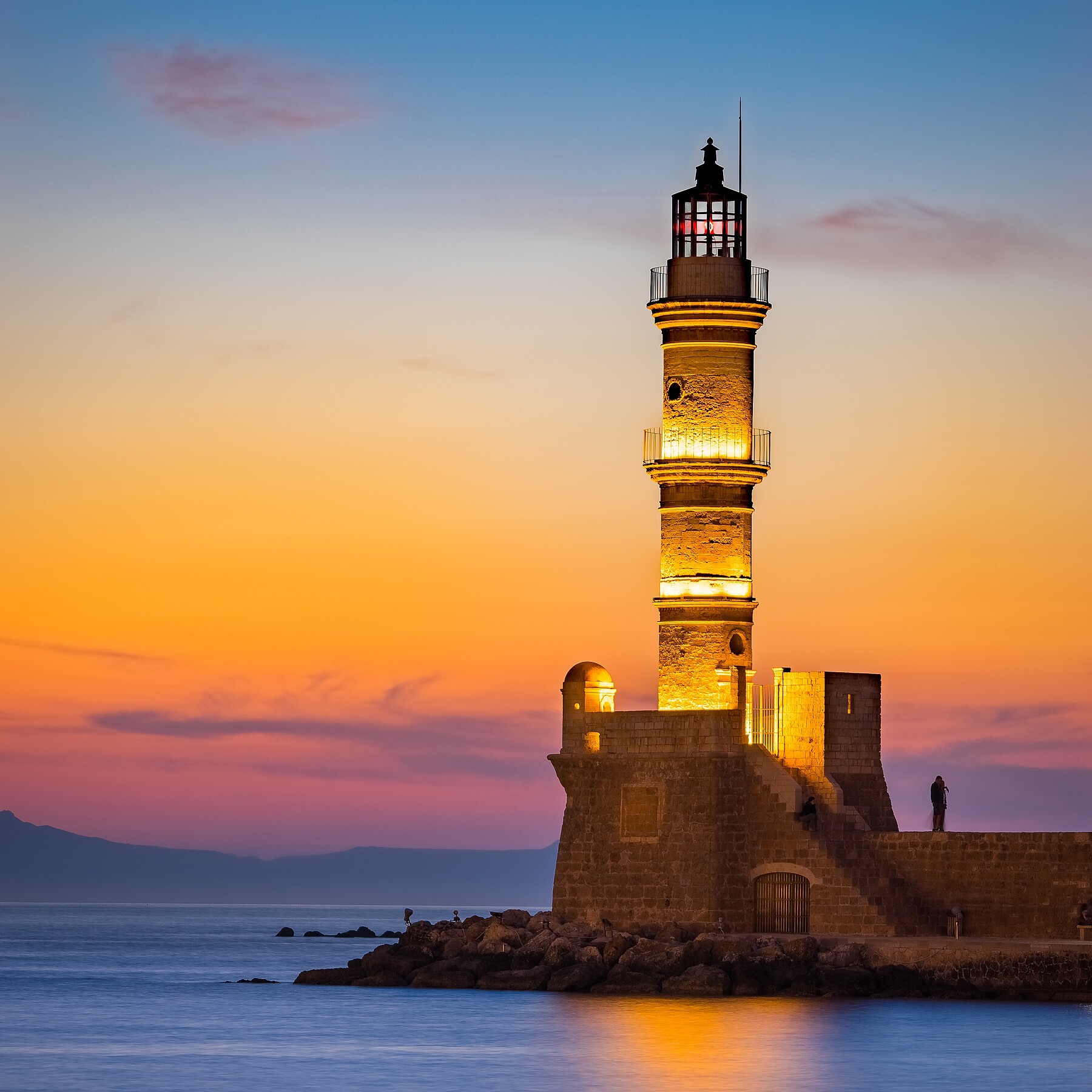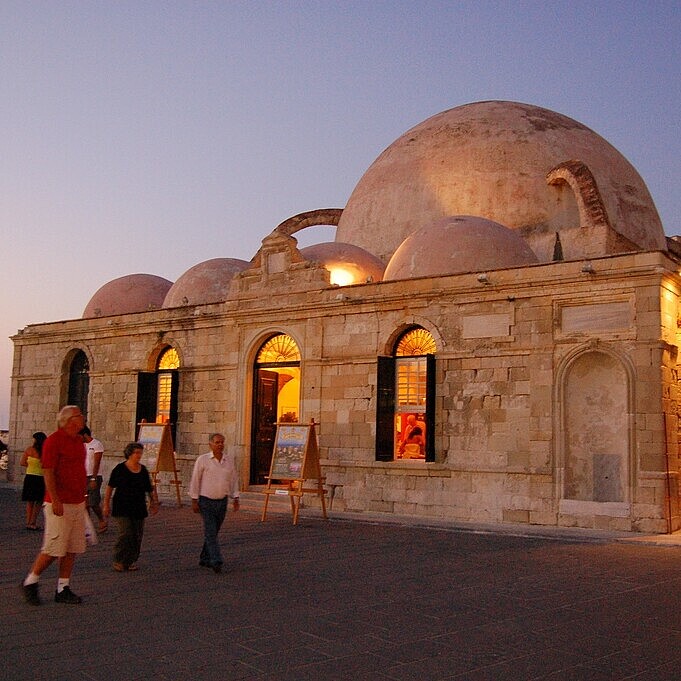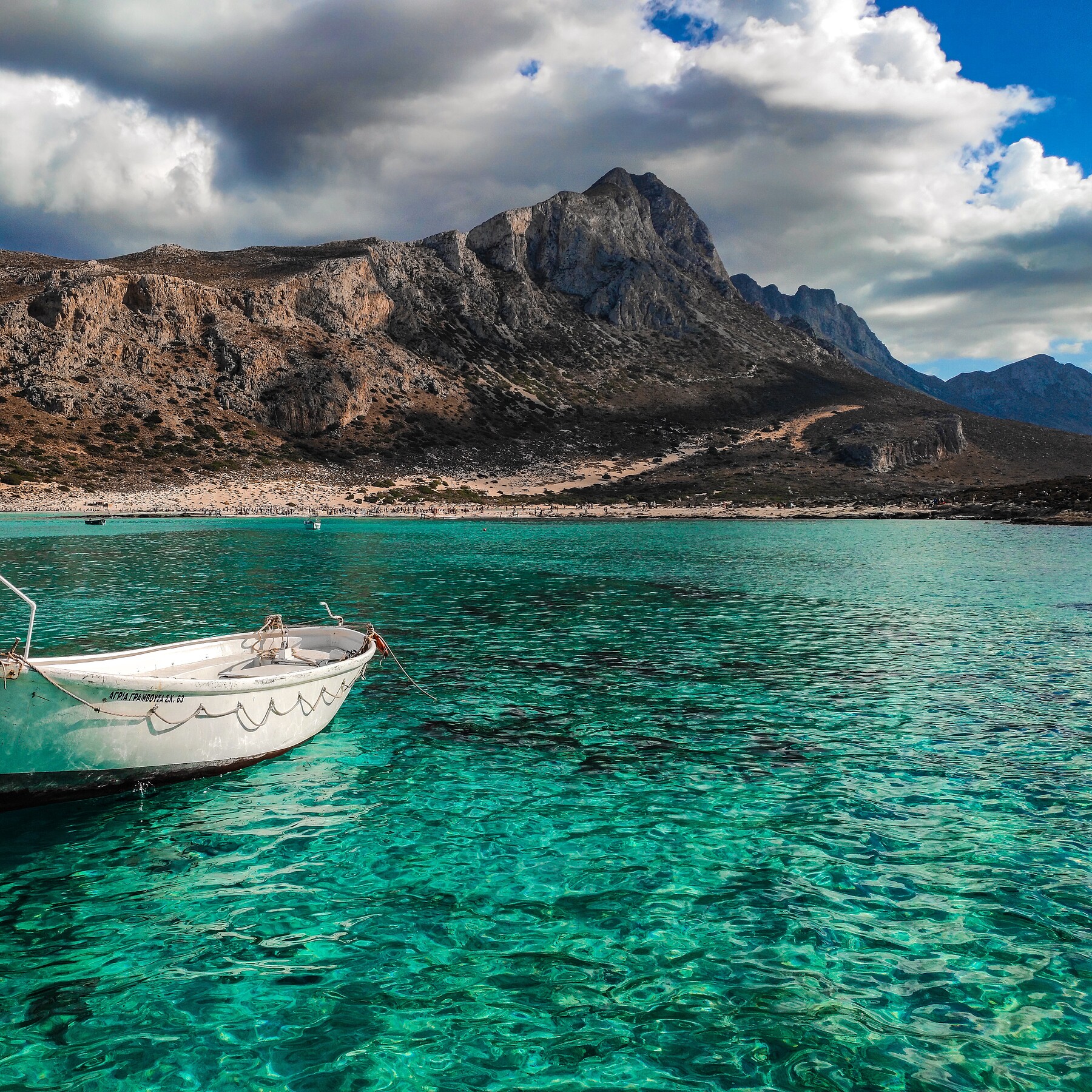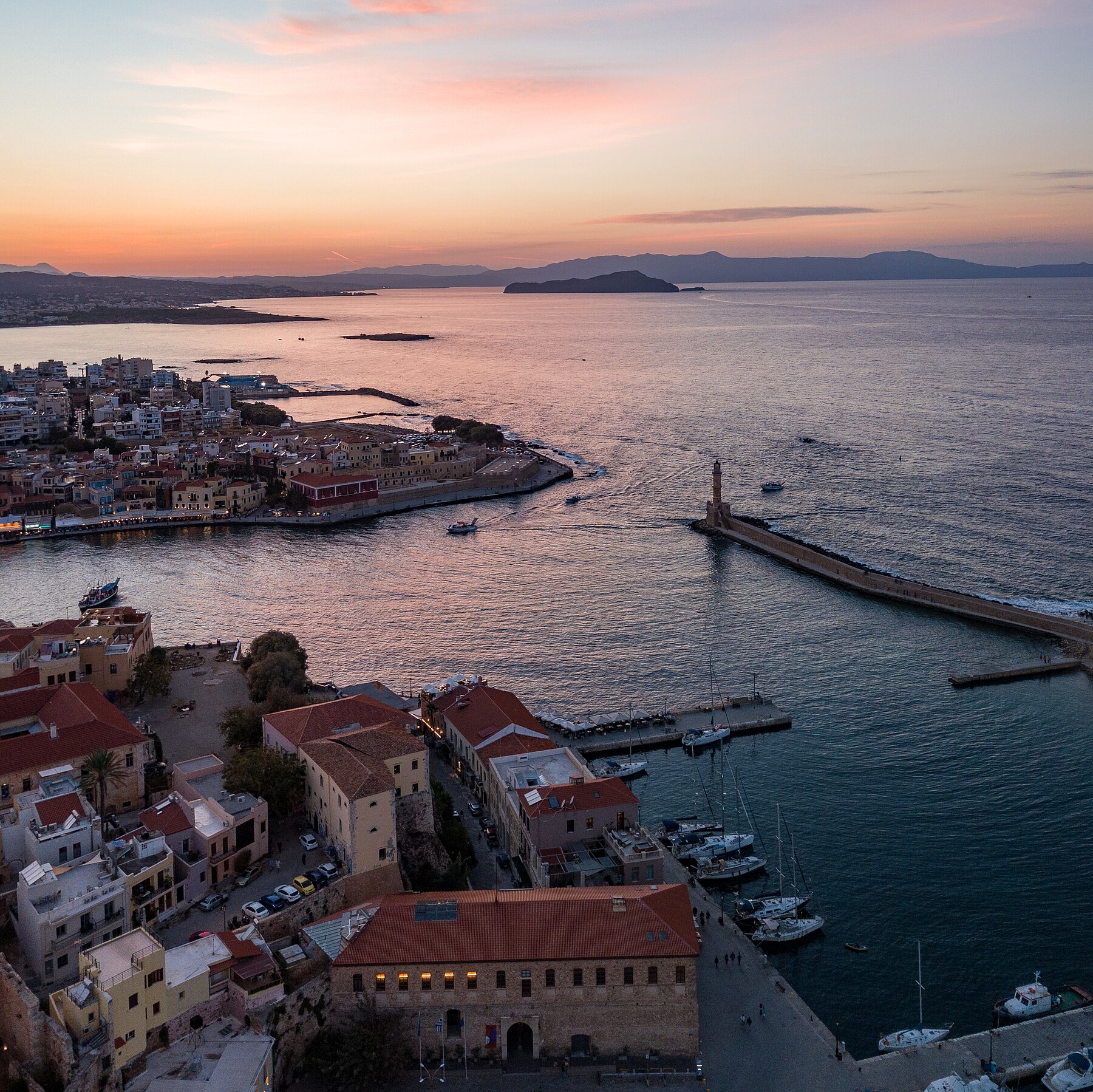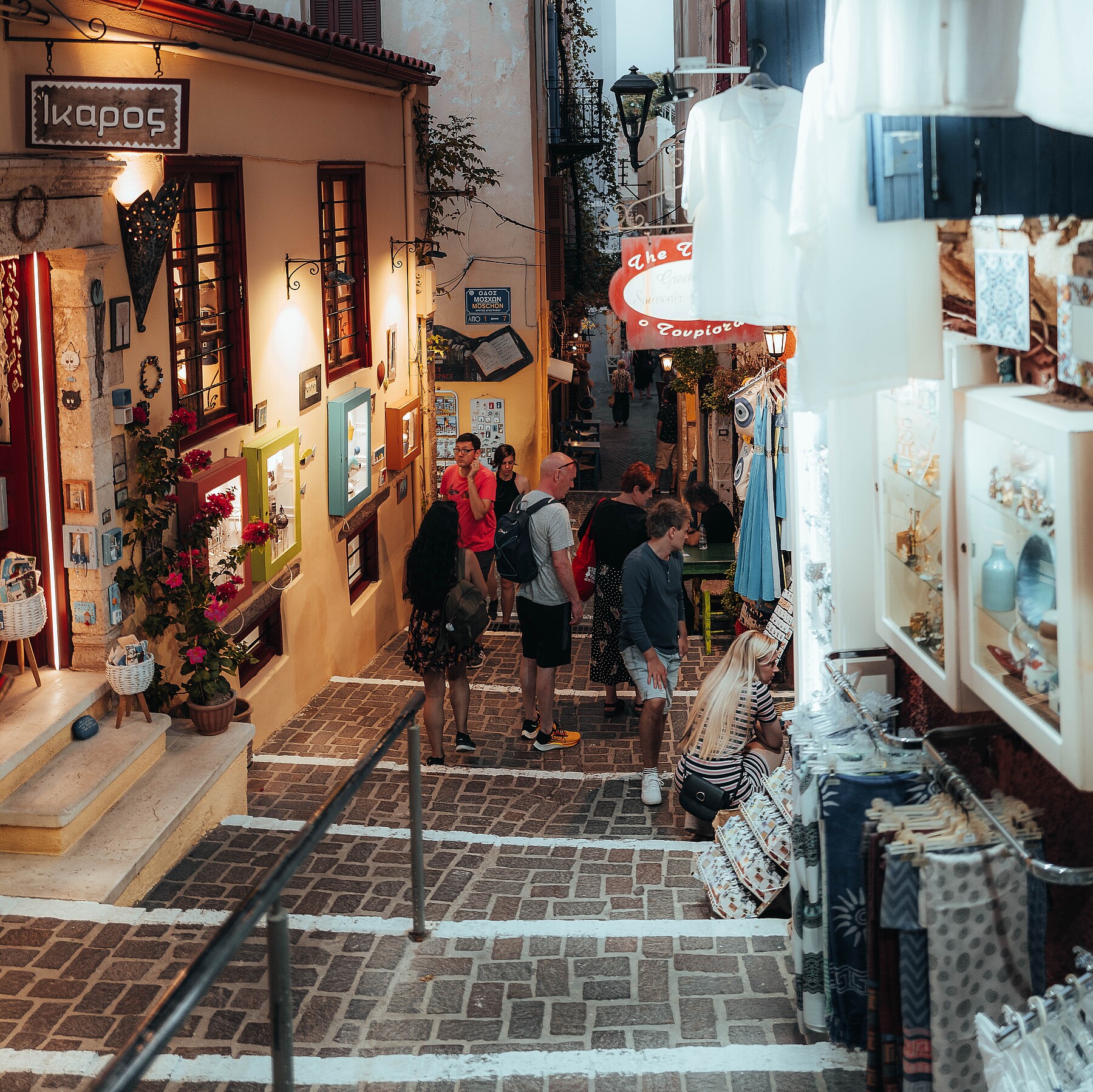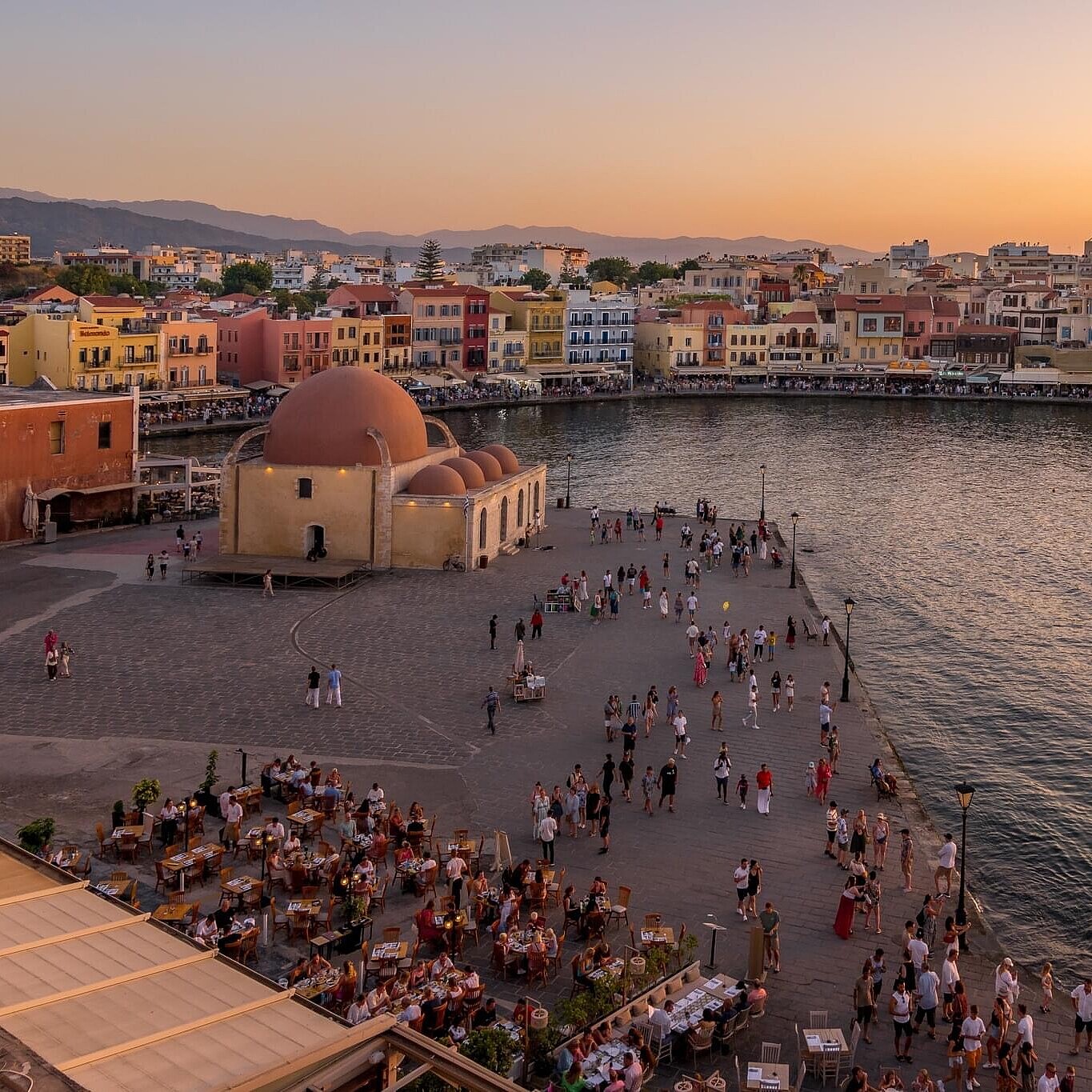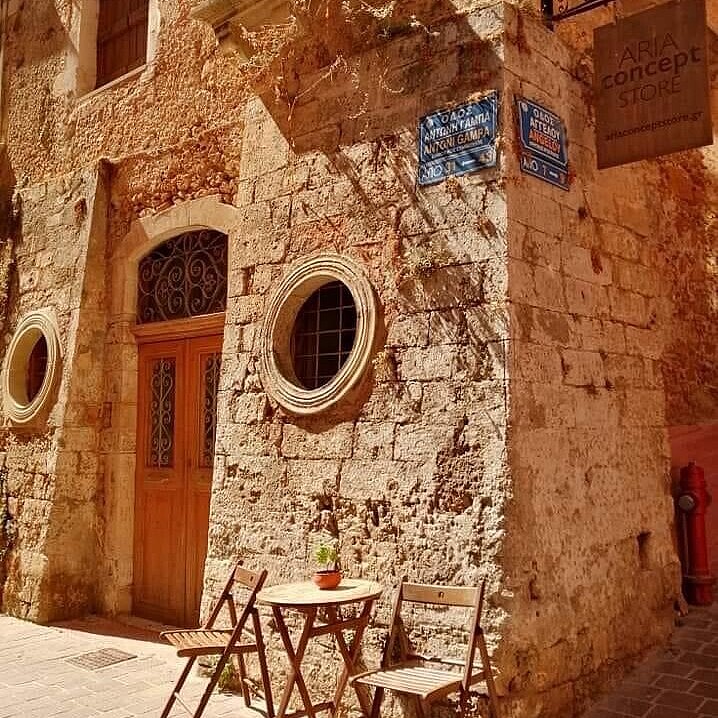The island of Crete
The island of Crete (also seen as Kreta or Kriti) is the most versatile and exciting destination in Greece. The natural beauty and exquisite archaeological sites, the genuine hospitality, and the scrumptious and healthy cuisine offers visitors unique experiences.
In Crete, at the Diktaion Andron Cave in Lassithi Plateau, lies the birthplace of Zeus, the ruler of the gods, people and hospitality. Τhe hospitality of the Cretans is more than a ritual. The first European civilisation, the Minoans, emerged here between 2800 BC and 1400 BC. Even today, the palaces of Knossos, Phaestus, Malia and Zakros reflect the splendor of the Minoan civilisation through the masterpieces of architecture, pottery, gold, silversmithing and painting. The most powerful fleet in the then known world, as evidenced by the different findings across the Mediterranean, brought wealth to Crete from trading the famous Cretan cypress and its agricultural products. This brilliant course was terminated in 1400 BC when the Achaeans and the Dorians made their presence on the island, founding new towns (eg Lato, Polyrhenea) and gave the baton to the Classical Greek civilisation.
The Prefecture of Chania (also seen as Hania), on the western side of the island, is dominated by the impressive White Mountains (in Greek: Lefka Ori), the largest mountain range in Crete with more than 50 summits with a height over 2000 m. These mountains and its famous National Park of Samaria Gorge (the longest gorge in Europe with a total length of 16 km), which occupy the largest part of the region, provide tourist services and activities of all kinds.
More information on the island of Crete can be found here:
Region of Crete: Incredible Crete
Greek National Tourism Organisation: Visit Crete
The city of Chania
The city of Chania is the capital of the Prefecture of Chania. Archeological findings state that the city was built over the ruins of the ancient city of Kydonia (3000-2800 BC) and indeed Chania is a place where different civilizations have flourished throughout the centuries. The old town was built around the Venetian port and evidence can be seen from each of these civilizations. Its maze-like alleys with its beautiful Venetian mansions, fountains and elaborate churches offer visitors a plethora of routes to discover. The conference venue, the “Grand Arsenal”, is located in the heart of the old harbour and feature contemporary architectural interventions that will provide an inspiring backdrop to the meeting.
More information on the the city of Chania can be found here:
Chania Tourism Bureau: A city of many tales
Discover Greece: Chania
Things to do
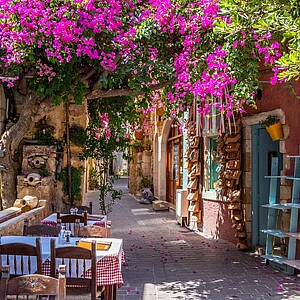
Blend in the Old City
Chania’s old town is built around the Venetian port and is also a relatively integral area where Venetian buildings and later Turkish elements compose a unique architectural style. Stroll along the esplanade and by the old port and find yourself lost into the network of old city alleys. Due to the historic center of Chania with its Venetian walls defining the borders between the old and new city and its ramparts, the city has been pronounced as preserved. It consists of five connected districts surrounding the Venetian port. The Lighthouse is located at the end of the rock protecting the port from the north. It was built in 1570 by the Venetians and reconstructed in 1830 by the Egyptians and from there on preserves its current state.

Crete during Winter
Crete is an ideal place to visit all year round. Its mild climate and unique mountainous features attract visitors before and after the established touristy summer season. Crete’s stunning natural beauty awakens in visitors an imperative need to discover its mountains, its gorges, its paths.
The best way to explore Crete is to walk off the beaten track, follow ancient paths, enjoy the wonderful scents of herbs in the canyons, climb on the tops of the highest mountains and gaze at the deep blue Cretan and Libyan Sea on the horizon. The E4 European Long Distance Path involves a large network of trails with special cultural, natural and historical value.
Apart from Cretans, most visitors ignore that the snowy peaks of the Cretan mountains in winter are ideal for snow sports. All mountaineering clubs on the island organize courses and training sessions related to snow mountaineering, especially in the ranges of White Mountains and Psiloritis.
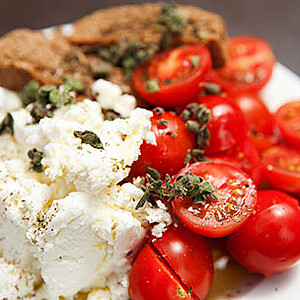
Enjoy Cretan gastronomy
Chania is the ultimate food lovers paradise. Don’t leave Crete without tasting "bougatsa" with cream, a delicious cream pie dusted with powdered sugar based on an old Asia Minor recipe; the small but very delicious olives (known as "psilelies"); the wild greens and more than 100 varieties of herbs; the extra virgin-oil; the Cretan wines made from ancient varieties (including Vilana, Vidiano etc); the Cretan "Anthotyros" cheese from Sfakia (fresh, soft, white cheese made of either sheep’s or goat’s milk); fresh "stàka" butter (the cream of the butter) for the Cretan wedding rice (rice cooked in meat broth); the Cretan "kalitsounia" (fresh cheese pie with herbs and greens); snails cooked in many different ways; charcuterie such as apaki; "tsikoudia", a fragrant grape-based distillate that follows or precedes every meal; "Dakos", a Cretan salad made traditional hard Cretan bread accompanied with tomato and "myzithra" (local cheese); the "ofto", a traditional cooking technique for meat; sea food delights – special ingredients blended in delicious sea-urchin salads or divine fish soups.

